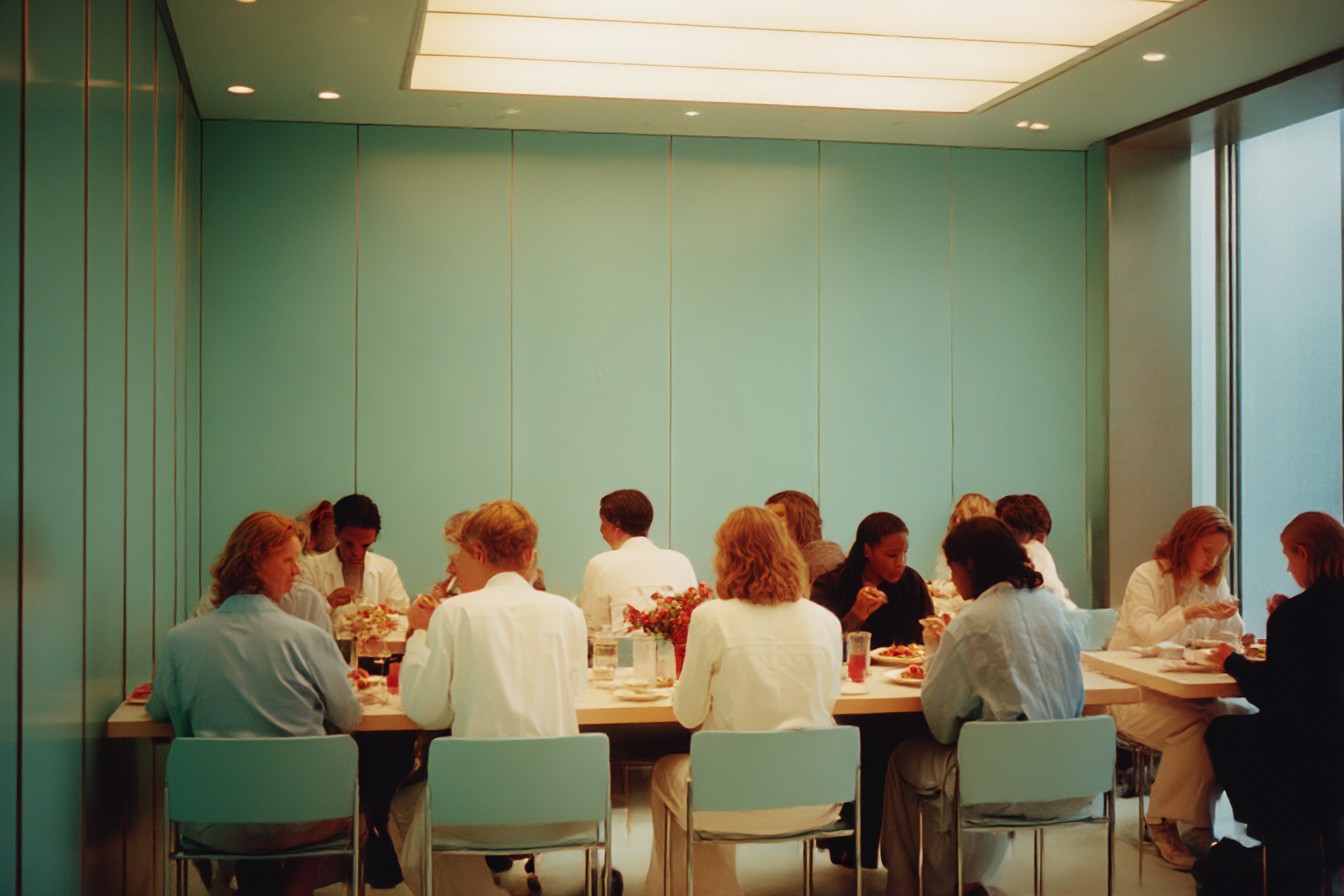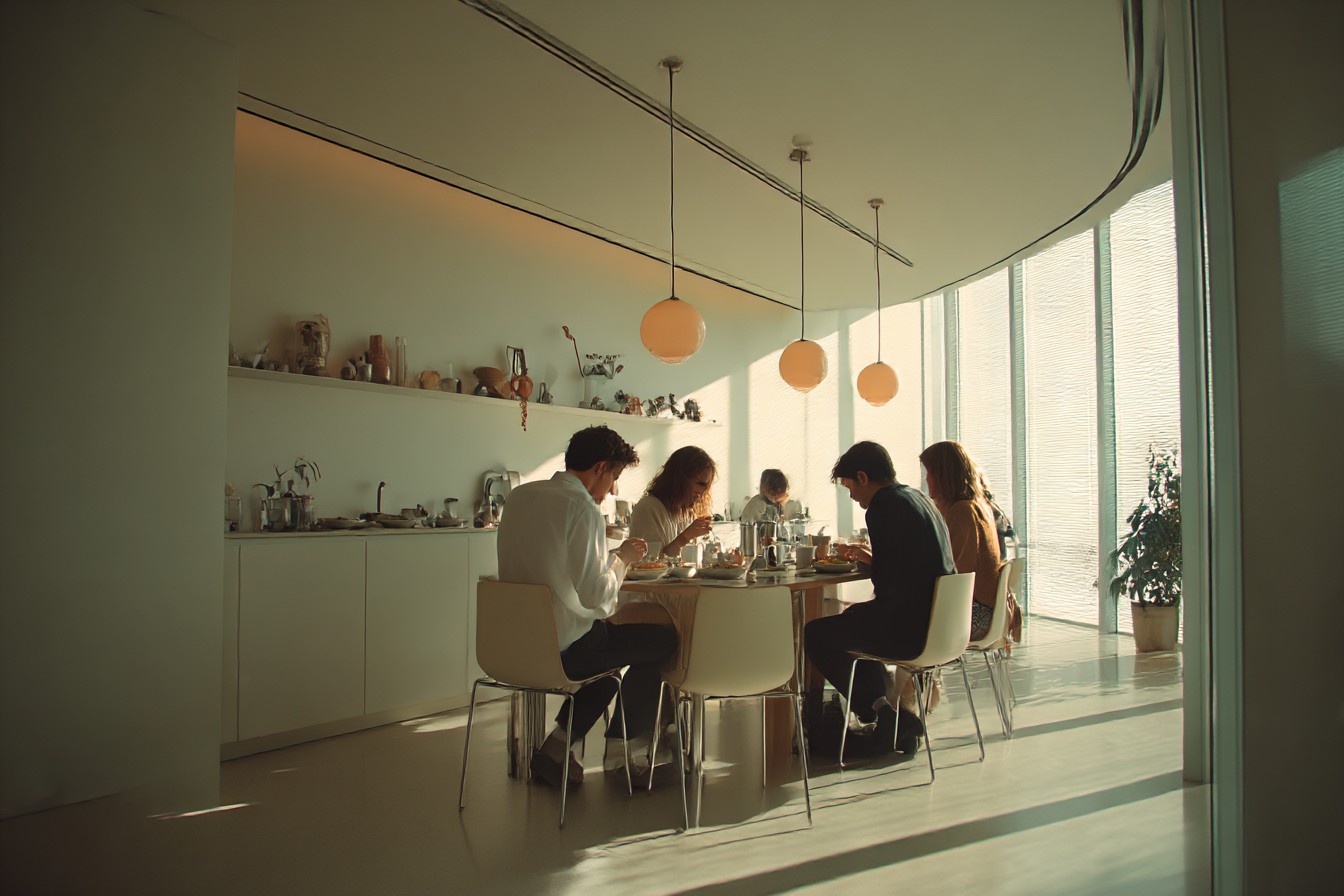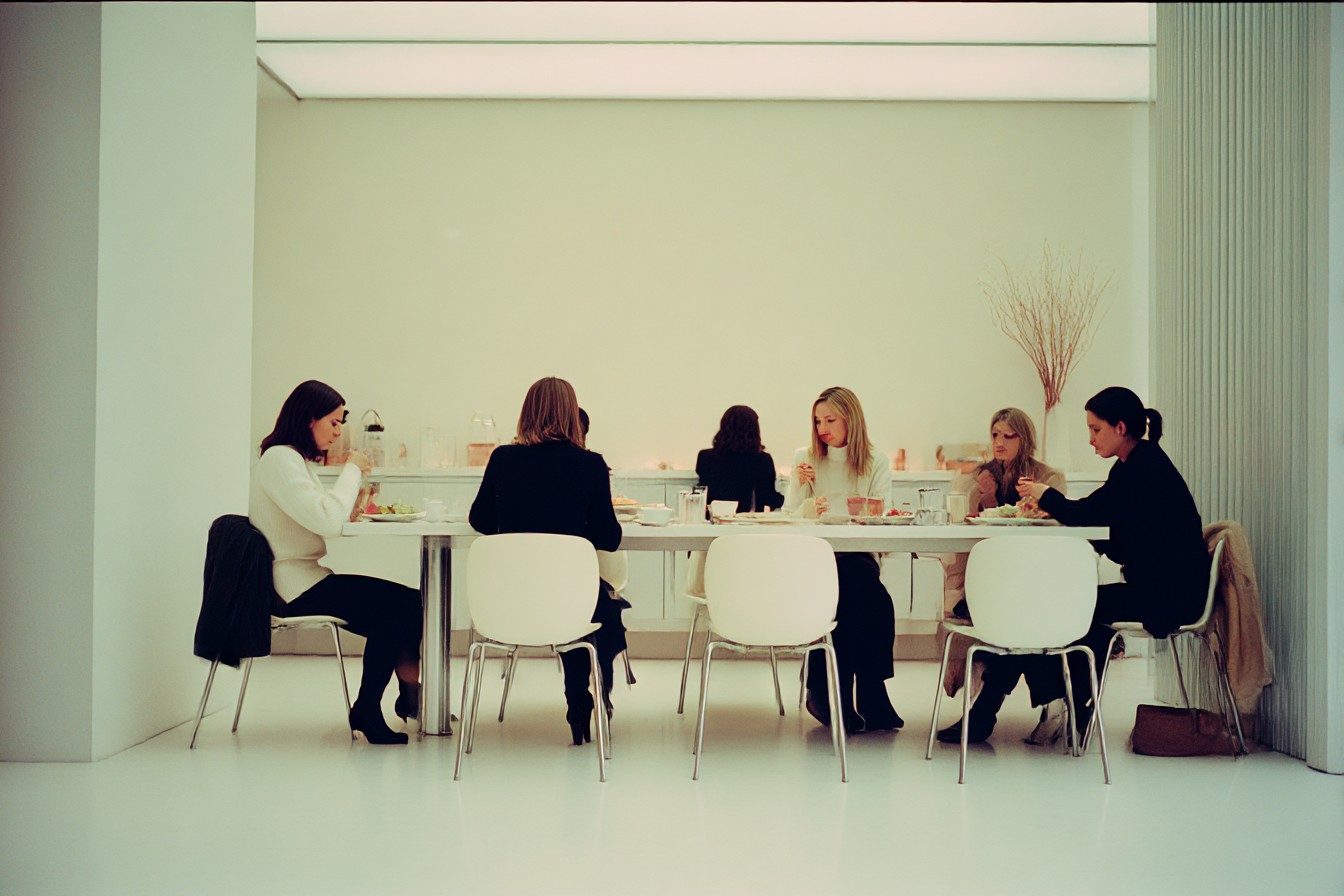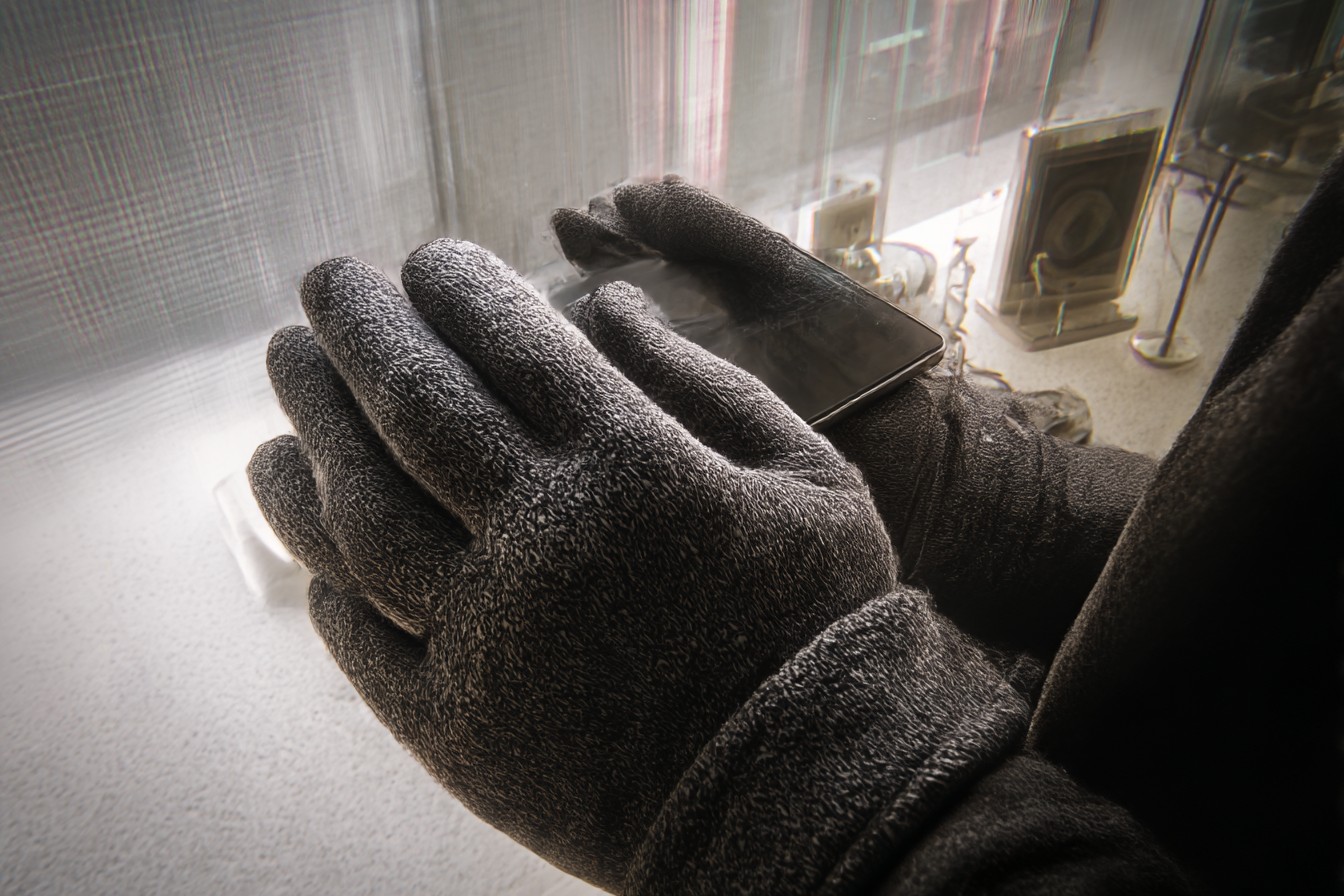I’ve always found it a bit strange how much we notice each other’s lunches at work. I mean, we’re all adults with jobs to do, yet somehow what’s inside those plastic containers becomes this whole unspoken thing that everyone’s hyper-aware of but pretends not to be.
The first time I realized this weird office lunch hierarchy was a thing, I was at my previous job – a marketing agency in Manchester where I’d been working for about six months. I’d brought in leftover spaghetti bolognese, nothing fancy, just something I’d whipped up the night before. As I sat in the break room heating it up, Megan from accounts walked in with what looked like a small garden in a glass container.
“Oh, that smells lovely,” she said, glancing at my pasta while carefully arranging her lunch – some kind of quinoa bowl with at least seven different vegetables, all meticulously separated like warring factions that shouldn’t touch.
“Thanks,” I replied, suddenly feeling oddly defensive about my basic pasta. “Yours looks… nutritious.”
She smiled that smile – you know the one. The one that says, “Yes, I am better than you, and we both know it’s because I’ve brought fermented vegetables to work.”
It was at that moment I realized there was an entire social structure built around what we eat at work, and I was definitely in the lower tier.
After that, I started paying attention. There’s Sarah with her colorful Buddha bowls that she assembles at her desk like some kind of performance art. There’s Mark who meal preps on Sundays and brings in identical portions of grilled chicken breast, sweet potato, and steamed broccoli in those black plastic containers that scream “I lift weights and my personality is centered around protein intake.” And then there’s Ian from IT who just gets a Greggs sausage roll every day and seems perfectly content with his place at the bottom of the food chain.
Last Tuesday, I brought in a salad. Not because I particularly wanted a salad, mind you – I actually wanted the leftover pizza that was sitting in my fridge – but because I had a performance review later that day, and something deep in my lizard brain told me that being seen eating a vegetable-forward meal might somehow translate to better marks on my evaluation.
Mad, isn’t it? Yet I know I’m not alone in this particular brand of workplace neurosis.
My friend Tom works at one of those tech startups where they have a fully stocked kitchen and catered lunches. You’d think that would eliminate the lunch hierarchy, but oh no, it just transforms it. Now it’s about who takes advantage of the free food versus who still brings their own “specially prepared” meals because apparently, the free food isn’t good enough for their carefully calibrated gut biome.
“There’s this one bloke, Aiden, who brings these massive jars of green stuff every day,” Tom told me over pints last month. “He literally stands there in the kitchen with our free catered lunch right behind him, unscrewing his jar of lawn clippings while talking about how he ‘just feels better’ when he makes his own food. Meanwhile, the rest of us are enjoying our free burritos like the peasants we apparently are.”
The worst part is, I’ve caught myself judging others based on their lunch choices too. When the new guy in marketing microwaved fish (FISH!) in our communal kitchen, I immediately put him in the “lacks basic social awareness” category. Never mind that he might be brilliant at his job – he committed the cardinal sin of stinking up the office with his healthy protein choice. He might as well have sent a company-wide email saying, “Hello, I don’t understand social norms, and I don’t care about your olfactory comfort.”
And it’s not just about being healthy versus unhealthy – it’s a complex matrix of factors. There’s cost (are you frugal or frivolous?), preparation (did you make it or buy it?), trendiness (are you eating what cool people eat?), ethnicity (are you adventurous or conventional?), sustainability (is that a single-use plastic container, you monster?), and noise level (crunchy foods are basically a workplace hazard).
I once watched my old boss Carol practically perform a TED Talk about her homemade kimchi while the rest of us sat there pretending to be fascinated by fermentation. She brought it in this fancy glass container with one of those locking mechanisms that makes a satisfying “click” when you close it – the kind that probably cost more than my weekly grocery budget. The subtext was clear: “I have the time, money, and culinary sophistication to create international delicacies at home, and I’m also invested in my gut health.”
Meanwhile, Derek from sales was quietly unwrapping a Tesco meal deal sandwich, trying to make the crinkling of the plastic as unobtrusive as possible. I felt a kinship with Derek in that moment.
The pandemic changed things for a while – working from home meant we could eat whatever we wanted without an audience. I found it oddly liberating to have a bowl of cereal at 1 PM without anyone raising an eyebrow or making some comment about “breakfast food.” But now that we’re back in the office three days a week, the lunch hierarchy has returned with a vengeance.
There’s a new element too – who’s spending money at local restaurants versus bringing food from home. Suddenly, getting takeaway has this weird dual status. On one hand, it can signal that you’re too important and busy to prepare food (high status). On the other hand, it suggests you’re bad with money or don’t care about health (low status). The mental gymnastics are exhausting.
Last month, our office introduced “Wellness Wednesday” where we’re encouraged to bring “nourishing” lunches and eat together. The email announcing this initiative included the phrase “let’s inspire each other with healthy choices!” which immediately made me want to bring in a family-sized chocolate cake and eat it with my hands while maintaining eye contact with HR.
Instead, I dutifully brought in a “grain bowl” (just say rice, Karen) with roasted vegetables and chickpeas. As we all sat around performing health and wellness for each other, I couldn’t help but notice how everyone was subtly scoping out everyone else’s containers, making micro-adjustments to their posture based on where they fell in the day’s nutritional hierarchy.
“This looks amazing, Anna! Did you make it yourself?” asked my colleague Peter, who had brought in what appeared to be an entire farmer’s market in a bamboo container.
“Yeah, just threw it together last night,” I lied. I had actually spent 45 minutes following a recipe that had the audacity to describe itself as “simple weeknight cooking” despite requiring three separate cooking techniques and an ingredient I had to visit two different shops to find.
The thing is, I actually do like eating healthy food sometimes. What I don’t like is the performance of it, the unspoken scoring system where bringing a homemade, nutrient-dense, attractively arranged meal somehow demonstrates your value as an employee and perhaps as a human being.
And God forbid you’re on a diet at work. Mention you’re trying to lose weight, and suddenly everyone’s an expert. “Oh, you should try keto/intermittent fasting/only eating foods that begin with the letter P on Tuesdays!” They mean well (maybe), but it adds another layer to the already complicated food politics of the workplace.
My colleague Jen started a diet last January and decided to be open about it. Big mistake. Huge. For the next three months, every single thing she ate was subject to public comment and scrutiny.
“Are you sure that’s on your plan?” or “I thought you weren’t eating carbs?” or my personal favorite, “Ooh, being naughty today, are we?” which is possibly the most infantilizing phrase in the English language. After a while, she started eating lunch at her desk or going out, just to avoid the running commentary.
I’ve taken to bringing lunch that exists in a safe middle ground – healthy enough to avoid being seen as a self-destructive junk food addict, but not so healthy that I come across as an insufferable wellness warrior. A sandwich with a side of fruit. A soup that contains vegetables but isn’t, like, actively green. The kind of lunch that says, “I care about my health a reasonable amount and no more.”
Sometimes I wonder what would happen if we all just agreed to stop noticing each other’s food. If we collectively decided that what someone else eats for lunch is about as interesting as what brand of socks they’re wearing. Would we be more productive without this weird, unnecessary social competition? Would we enjoy our meals more if we weren’t mentally positioning them on some imaginary health-status spectrum?
Probably. But until that day comes, I’ll be here with my strategically chosen lunch, not too healthy, not too unhealthy, making sure the container is visible enough to be noted but not so prominent that it seems like I’m showing off.
And if you happen to see me eating a chocolate bar at my desk around 3 PM, just pretend you didn’t notice. I’ll do the same for you.









